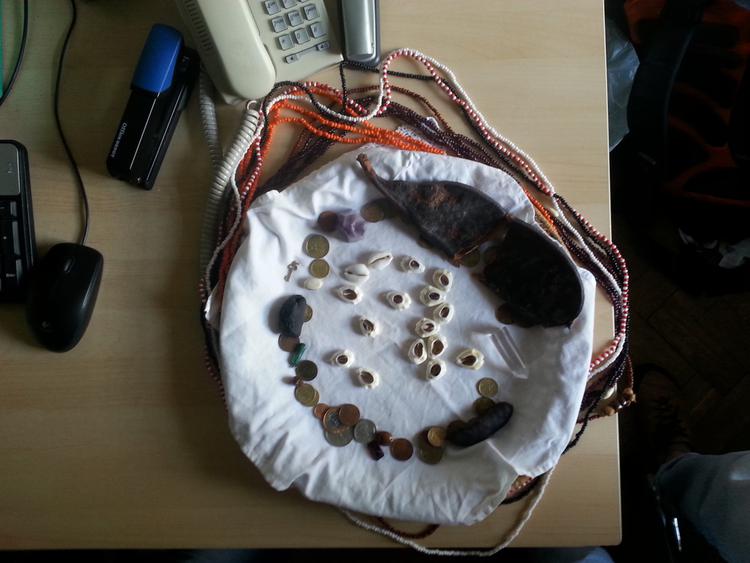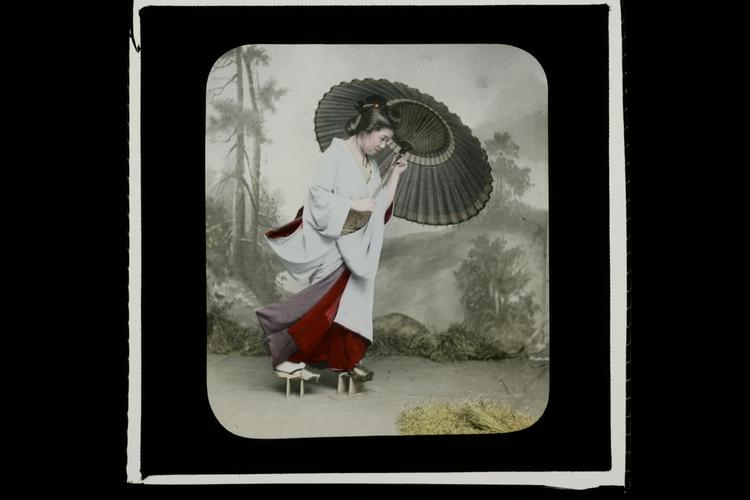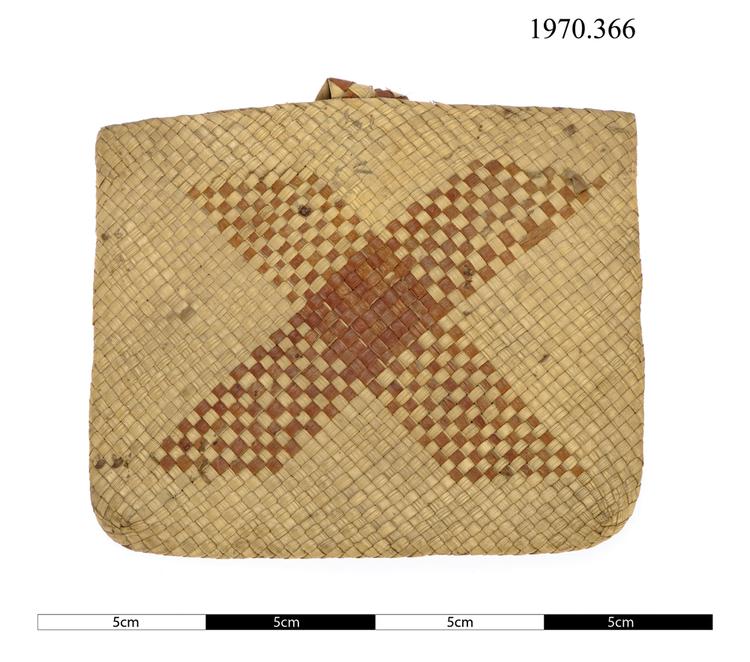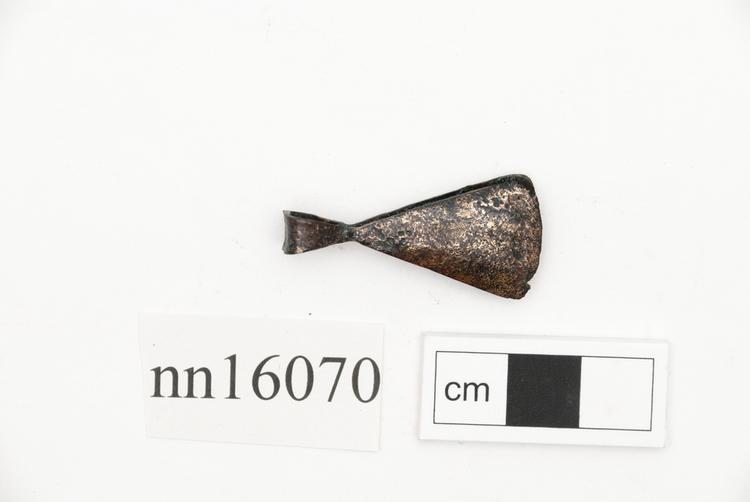
One half of a java bean casing (the other half of is E1491.8). Part of a complete jogo de búzios Candomblé divination set used by the Brazilian diaspora community in Italy.
Amongst the different types of divination practices, the jogo de búzios is probably one of the most iconic symbols of the Candomblé religion. The characteristic cowrie shells, used as a form of currency in West Africa, acquired a special significance during the slave trade, and are now widely used in Brazil for rituals. However, this particular object was collected in Italy, where small communities of practitioners, both Brazilian immigrants and Italian‘converts’, have settled in the last two decades. The divination set is normally composed of 16 cowrie shells, cut on one side, that are dropped on a straw or wooden plate. The shells are regarded as a means of communication with the gods: when dropped, they may lay on the side that has been cut (closed cowrie - búzio fechado) or on the side that presents its natural opening (open cowrie - búzio aberto). Depending on the position and the way that they fall, a certain meaning is decoded. The different orixás (African deities) or odús (destinies) answer the diviner’s questions through the different combinations of ‘open’ and‘closed’ shells. For instance, 6 open cowries and 10 closed ones represent a figure called obará, which is the energy of prosperity and money. However, there are also other meaningful objects that carry a strong symbolism. This divination set, for instance, presents several coins, different fava bean pods and crystals. Having passed through the hands of many people, coins are regarded as carrying and catalysing different types of energies. Coins also represent the energy of Ogum, the blacksmith god of iron and metal artefacts, who clears one’s path from obstacles. Fava beans are very important in Candomblé rituals and are used for different purposes. One of the fava beans presented here is a kola nut (obi, in Yoruba), that is also used in another divination practice. There is no consensus about the symbolism of fava beans, but their importance may be connected to a seed’s potential to generate life. Different types of favas are also associated with different deities and therefore form part of their food offerings. The fava beans here represent the vegetable element of Candomblé’s ritual cosmology. In fact, Candomblé rituals need elements from all the three different realms of the natural world: vegetable, mineral and animal. The crystals here represent the mineral realm. The bead necklaces (fios-de-contas) that circle the plate serve to delineate the sacred space in which the divinatory practice is performed. Each necklace has the colours of one specific orixá, indicating a special devotion of the diviner to those particular deities. For example represented here is the white beads of Oxalá (the father of all deities), the black-white-and-red beads of Omolu (the orixá of health and illness), the orange beads of Oba (the fiery feminine goddess), the purple,beads of Naná (the old feminine orixá that deals with birth and death) and the brown beads of Oyá (the feminine deity of the wind and the thunderstorm). Oyá is the personal orixá of the lady who originally owned this divination set, the deity to whom she is devoted. She is an Italian lady (who would like to remain anonymous) and her first contacts with the Candomblé religion led her to Brazil, where this divination set was prepared and assembled for her ‘ordination’ as a mãe-de-santo (Candomblé priestess). However, this ordination did not happen, and the informant did not wish to discuss it. In fact, the Italian lady never learned how to interpret the shell figures and never went through the proper rituals, therefore she decided to donate the divination set.


































































































































































































































































































































































































































































































































